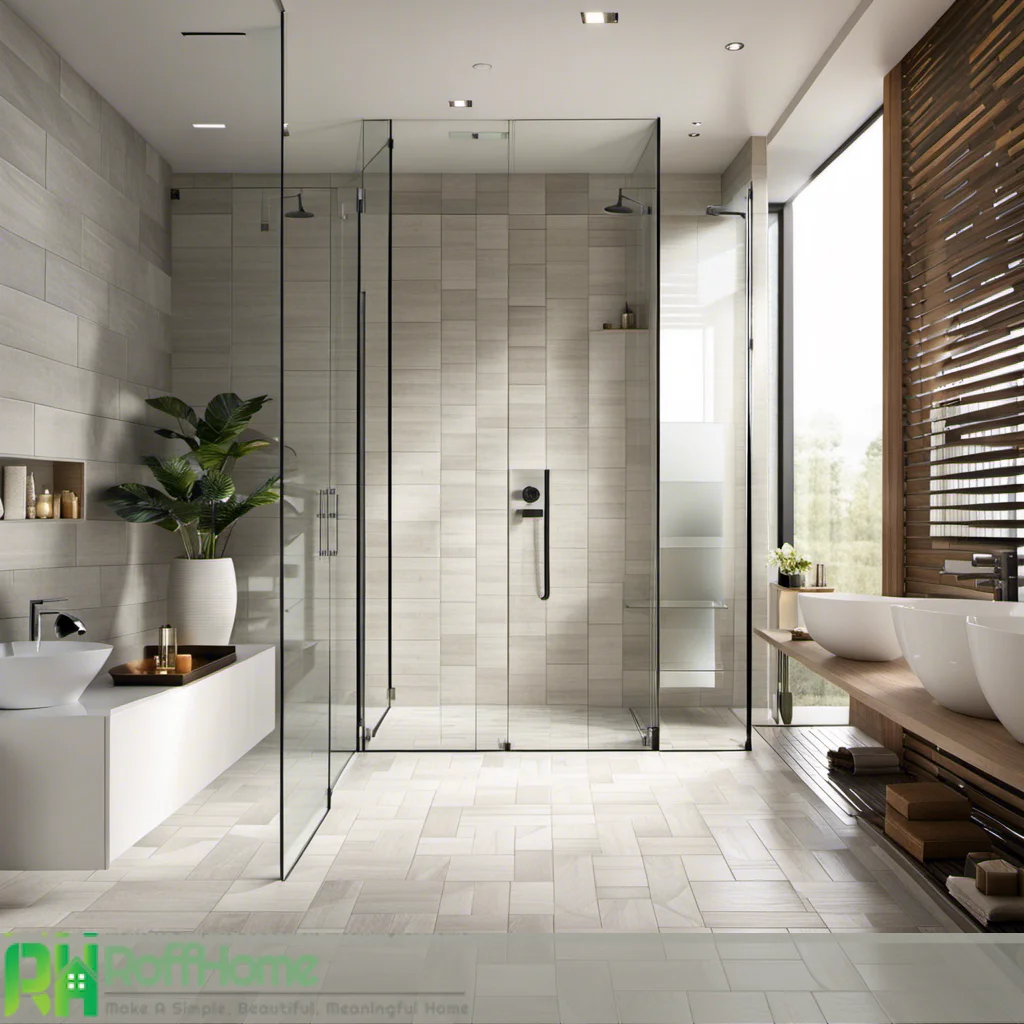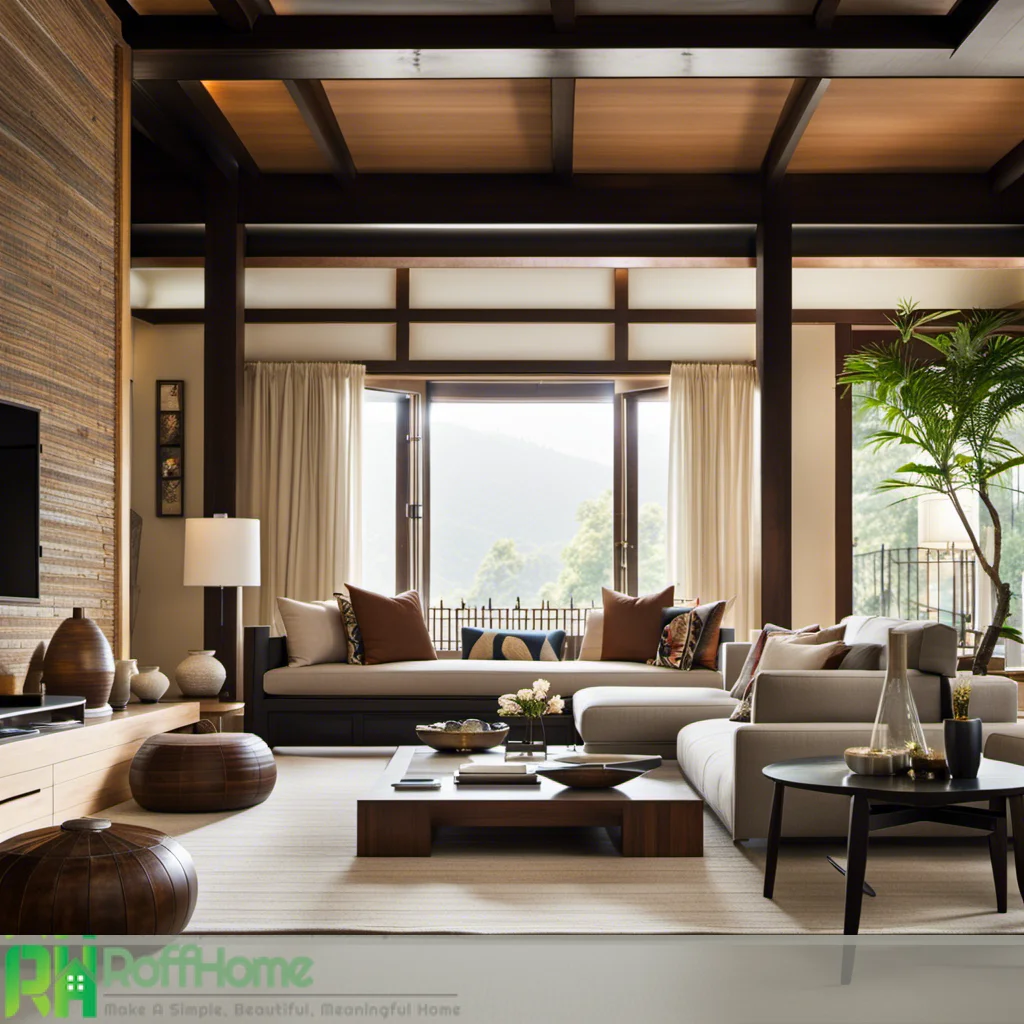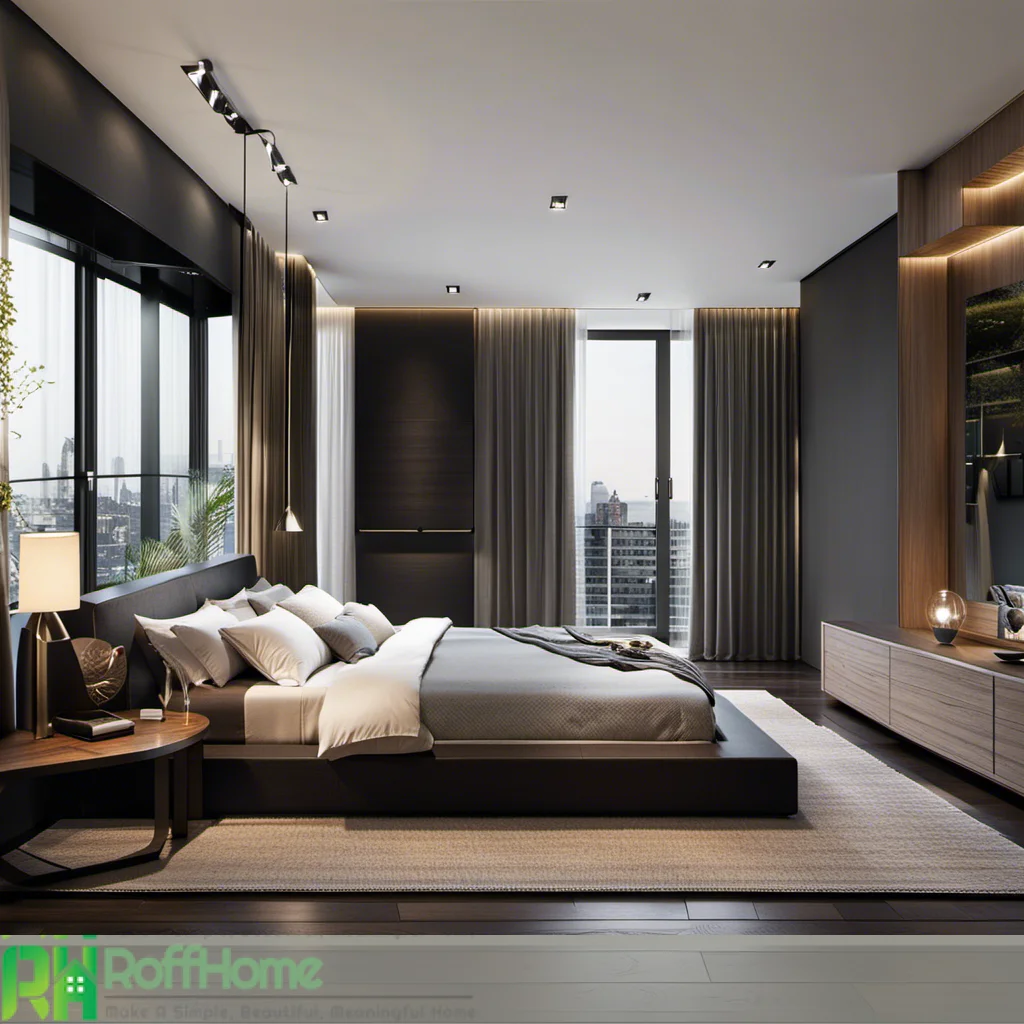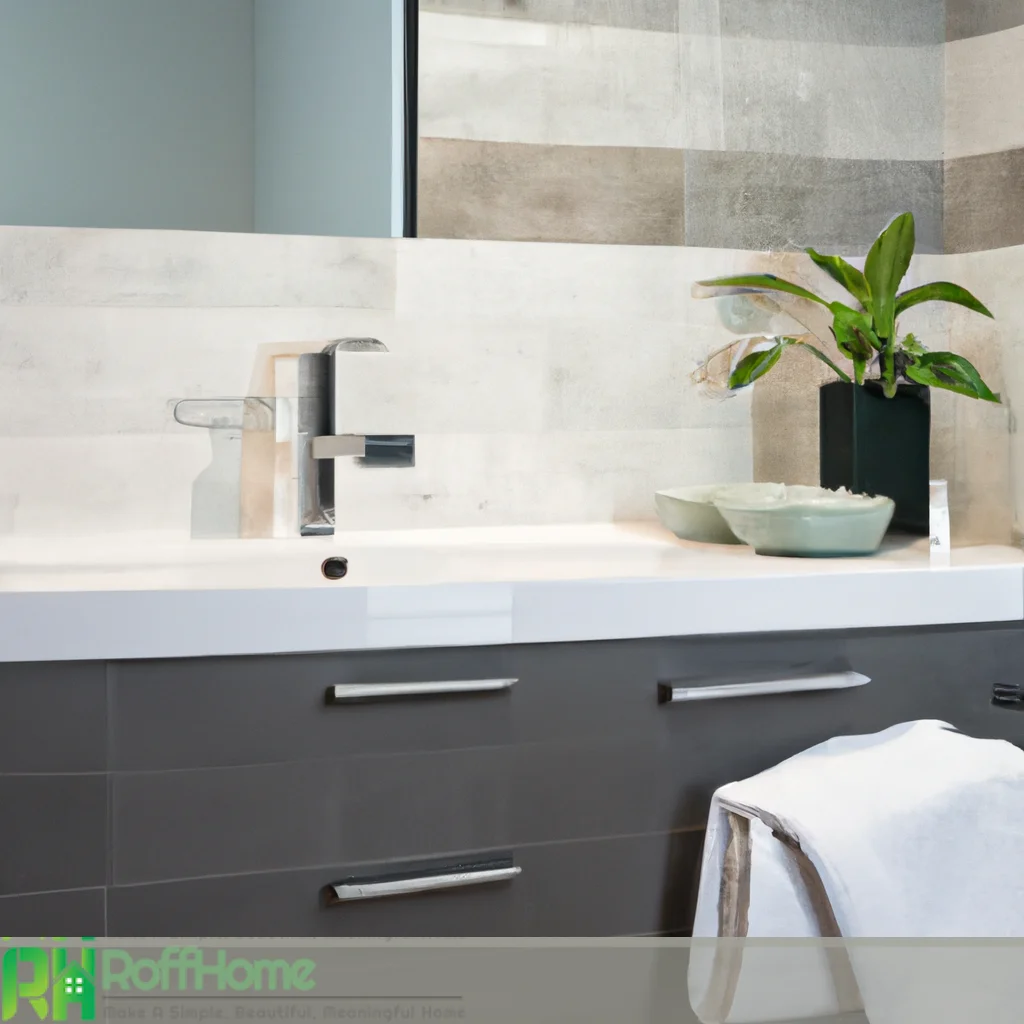French Dining Room Design: 10 Inspiring Ideas for a Timeless and Elegant Space
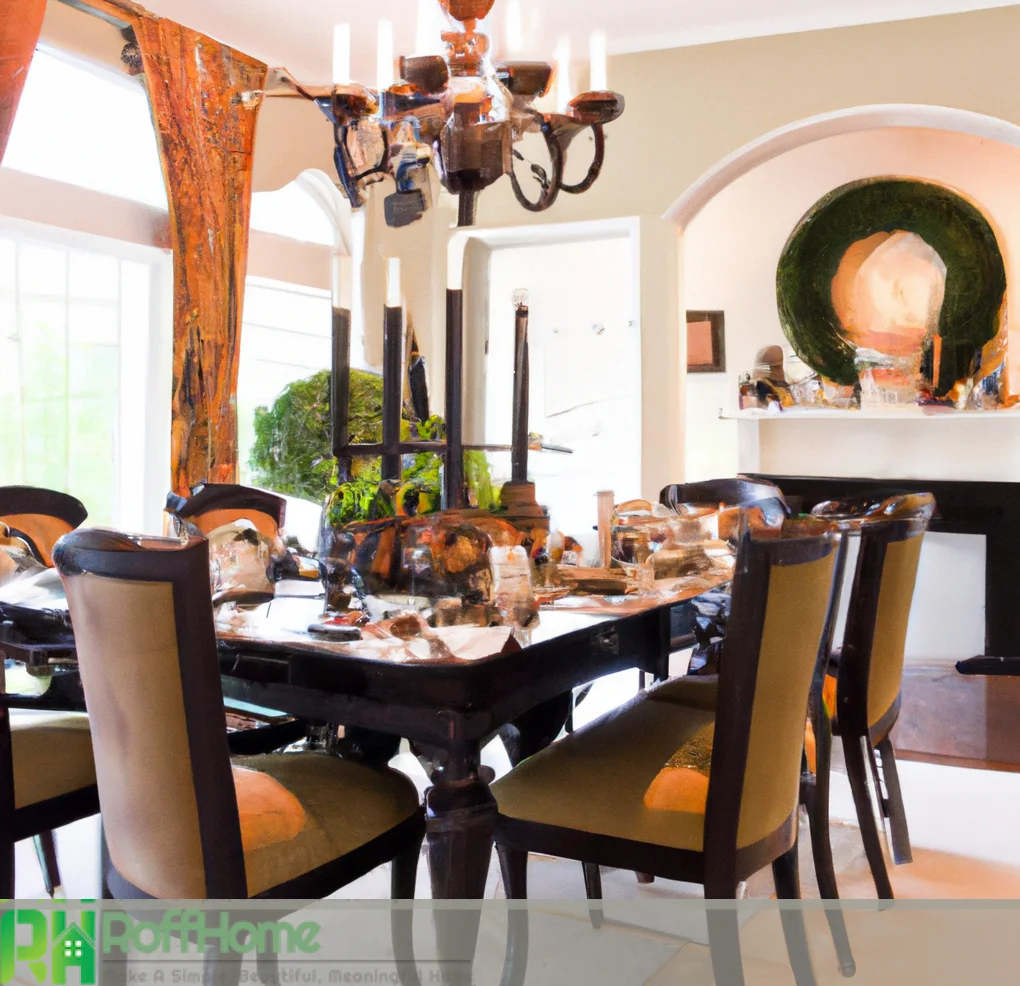
The French dining room is an embodiment of sophistication and elegance. From the décor to the furniture and tableware, every aspect of the dining room is carefully curated to create a unique and unforgettable experience. The French take great pride in their cuisine and dining traditions, so they pay attention to every detail when designing their dining rooms.
Classic and modern styles typically characterize the décor of a French dining room.
French Country dining rooms, for instance, feature rustic charm and elegance, while modern French-dining rooms showcase a minimalistic and contemporary aesthetic. The dining room’s color scheme is also carefully chosen to create the desired atmosphere. From the linens to the wall art, every piece in the dining room plays a critical role in creating a cohesive and aesthetically pleasing look.
Table manners are another vital aspect of the French-dining room. The French have a reputation for their strict dining etiquette, which includes proper cutlery usage, table settings, and wine pairing. French cuisine is also renowned worldwide, and the dining room is where the art of French cooking truly shines.
Entertaining guests in a French-dining room is a memorable experience, whether an intimate dinner party or a large celebration. The dining room’s centerpiece, accessories, and lighting create the perfect atmosphere for any occasion. Cheese, a staple of French cuisine, is often served as a dessert course, making the dining experience truly authentic.
The Evolution of French dining room design through History
The French-dining room has a rich and varied history, evolving over the centuries to become the epitome of elegance and sophistication it is today. From the grandeur of the Palace of Versailles to the understated chic of modern French-dining rooms, the design of the French-dining room has been influenced by a wide range of factors throughout History.
French-dining rooms were characterized by luxury and extravagance during the Baroque period in the 17th and 18th centuries. The Palace of Versailles, for example, featured ornate furniture, gilded mirrors, and lavish chandeliers, creating an exquisite and impressive setting for dining. This trend continued into the Rococo period, which saw the emergence of more delicate and intricate designs with ornate floral patterns and graceful curves.
In the 19th century, the Neoclassical style became popular, characterized by simple and elegant designs inspired by ancient Greek and Roman architecture. This period saw a move towards more understated and refined dining rooms, with less emphasis on grandeur and more on function and practicality.
In the 20th century, the Art Deco movement brought a new wave of French dining room design, with bold geometric shapes, metallic accents, and sleek, streamlined furniture. This style continued to evolve in the post-war era, emphasizing comfort and practicality, as families began to use their dining rooms for everyday meals rather than formal occasions.

Modern twists on traditional French dining room design
French dining room design is renowned for its classic elegance and sophistication, but in recent years, there has been a growing trend toward modern twists in traditional French methods. These contemporary designs are a fusion of classic French style with modern elements, creating a fresh and unique look.
Designers are adding a modern twist to traditional French dining rooms by incorporating bold colors and patterns. While classic French design favors neutral color palettes and muted tones, contemporary designs often feature vibrant colors and eye-catching prints. For example, a traditional French dining room might have a neutral-colored tablecloth, while a modern twist might include a bright and bold geometric patterned table runner.
Another modern twist on traditional French design is the incorporation of modern lighting fixtures. Contemporary lighting fixtures can add a touch of modernity to a classic French-dining room, creating a beautiful juxtaposition between old and new. Modern lighting can include geometric chandeliers, industrial-style pendant lights, or minimalist wall sconces.
Mixing and matching different design styles is also popular in modern French-dining room design. For example, combining rustic French country elements with sleek modern furniture creates a unique and exciting look. Another way to add a modern twist is by incorporating unexpected materials, such as concrete or metal, into the design.
Finally, modern twists on traditional French-dining room design can also include unexpected touches, such as contemporary artwork or sculptural centerpieces. These unique additions can bring the space a touch of whimsy and personality.
How to decorate a French dining room: Tips and tricks
Decorating a French-dining room can be a beautiful and rewarding experience, but creating the perfect balance of elegance, sophistication, and functionality can also be challenging. Here are some tips and tricks to help you decorate your French-dining room in a way that will be both practical and aesthetically pleasing.
The color scheme is one of the essential elements of a French-dining room. Classic French-dining rooms often feature neutral colors such as beige, cream, and white, but you can also incorporate bold colors such as red, blue, or green. Consider adding metallic accents or pops of color to your tableware or accessories for a more modern look.
Regarding furniture, French-dining rooms often feature ornate and elegant pieces such as Louis XVI-style chairs, antique buffets, and gilded mirrors. However, you can mix and match different styles to create a more eclectic look. For example, pairing rustic farmhouse-style tables with more modern chairs can create a unique and exciting design.
Lighting is also an essential element of French-dining room design. Consider installing a chandelier or pendant light fixture above the dining table to create a focal point in the room. Wall sconces or candlesticks can also add a warm and inviting glow to the space.
Accessories such as artwork, mirrors, and centerpieces can add a finishing touch to your French-dining room. Consider hanging a large piece of art on the wall or placing a vase of fresh flowers in the center of the table. Displaying antique silverware or a collection of vintage wine bottles can also add a touch of charm and elegance to the space.
Finally, remember the practical elements of your French-dining room. Make sure to choose durable and easy-to-clean materials for your tableware and linens. Consider adding storage solutions such as cabinets or buffets to keep your dining room organized and clutter-free.
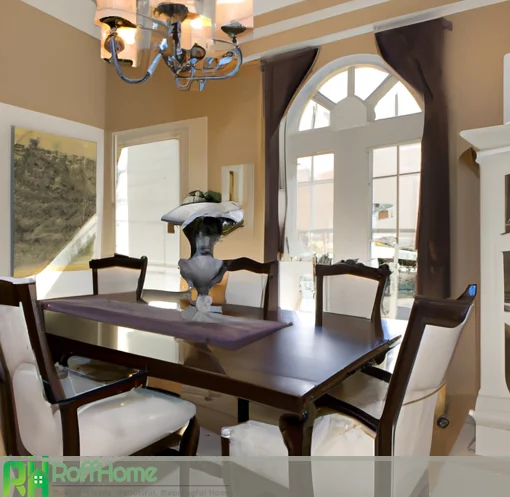
Creating an Authentic French Dining Room: Tips and Tricks for a Romantic Atmosphere
Creating an authentic French-dining room can transport you to France’s romantic and elegant ambiance. Still, achieving the right balance of authenticity and modernity can be challenging. Here are some tips and tricks to help you create an authentic French-dining room with a romantic atmosphere.
The first step to creating an authentic French-dining room is to choose the right furniture. Classic French-dining rooms feature ornate and elegant furniture, such as Louis XVI-style chairs, antique buffets, and gilded mirrors. To create a more authentic look, consider using vintage or antique pieces or choosing reproduction pieces that are faithful to the original design.
The proper lighting can also create a romantic atmosphere in your French-dining room. Consider installing a chandelier or pendant light fixture above the dining table to create a warm and inviting glow. Dimmer switches can also help you adjust the lighting to the perfect level for an intimate dinner.
Accessories like artwork, mirrors, and centerpieces can add to the authentic French ambiance. French art prints or vintage posters can create a classic Parisian feel, while antique silverware or vintage wine bottles can add a touch of charm and elegance.
Regarding the color scheme, classic French-dining rooms often feature neutral colors such as beige, cream, and white. However, you can incorporate romantic shades such as soft pinks, muted blues, or warm reds. Textured fabrics like silk, velvet, or lace can create a romantic atmosphere.
Finally, the right tableware and settings can complete the look of an authentic French-dining room. Choose elegant china and crystal glassware, and consider using vintage silverware to add to the romantic atmosphere. Fresh flowers or a beautiful centerpiece can add a finishing touch to your dining table.
French Dining Room Lighting: How to Create the Perfect Atmosphere for Dining
The proper lighting can significantly impact the atmosphere of your French-dining room. It can create a warm and inviting ambiance, highlight the beauty of your furniture and accessories, and set the tone for a memorable dining experience. Here are some tips and tricks to help you create the perfect atmosphere for dining in your French-dining room.
One of the essential elements of French-dining room lighting is the placement of your light fixtures. Consider installing a chandelier or pendant light fixture above the dining table to create a focal point in the room. This will provide ample lighting for dining and create a beautiful ambiance that enhances the overall decor of the space.
Another way to create the perfect atmosphere for dining is to install dimmer switches on your light fixtures. This will allow you to adjust the lighting to the ideal level for your dining experience. You can create a romantic ambiance with low lighting, or brighten the room for a more lively and energetic atmosphere.
In addition to overhead lighting, consider adding wall sconces or candlesticks to create a warm and inviting glow in the room. This will add depth and texture to the lighting design and build a more romantic and intimate atmosphere.
When it comes to the style of your lighting fixtures, choose fixtures that complement the overall design of your French-dining room. Classic French-dining rooms often feature ornate and elegant fixtures, such as crystal chandeliers or gilded pendant lights. However, if you prefer a more modern or eclectic look, consider mixing and matching different styles and materials.
Finally, remember natural lighting. French-dining rooms often feature large windows that allow plenty of natural light to flood the space. Consider installing sheer or light-filtering window treatments to maximize natural light while providing privacy and ambiance.
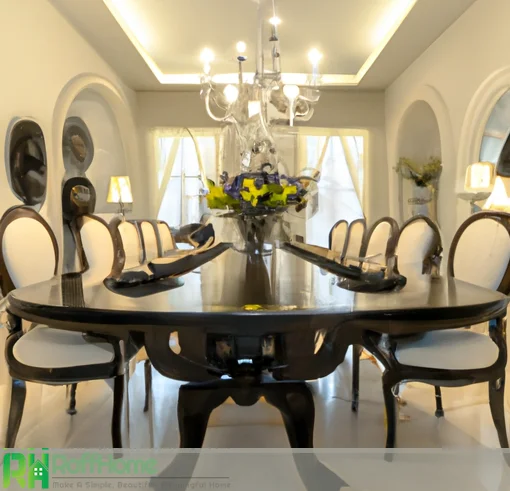
French Dining Room Table Setting: Etiquette, Flatware, and Tableware
A French-dining room table set is essential to creating a beautiful and sophisticated dining experience. It’s crucial to choose the right tableware and flatware and know the proper etiquette for setting the table. Here are some tips and tricks for creating elegant and traditional French-dining room table sets.
The first step is to choose the right tablecloth and napkins. French-dining rooms often feature crisp white or neutral-colored linens, but you can also add a pop of color with a patterned tablecloth or embroidered napkins. Iron or steam your linens before setting the table for a polished and sophisticated look.
Next, choose your flatware and tableware. Classic French-dining rooms often feature elegant and ornate silverware, each serving a specific purpose. A typical French-dining room flatware setting includes a dinner fork, a salad fork, a dinner knife, a soup spoon, and a dessert spoon. For tableware, choose elegant porcelain or bone china dishes, complement them with crystal glassware for a sophisticated look.
When it comes to setting the table, there are specific rules to follow for proper etiquette. The fork should be placed on the left side of the plate, and the knife and spoon should be on the right. The knife’s blade should face the plate, and the spoon should be placed to the right of the knife. Dessert utensils should be placed above the plate.
Remember the bread and butter plate, which should be placed above the forks to the left, with the butter knife placed diagonally across the plate.
Finally, consider adding a centerpiece or floral arrangement to the table for an extra touch of elegance. A simple vase of fresh flowers or a cluster of candles can create a beautiful and sophisticated ambiance.
The art of setting a formal French dining table
Setting a formal French dining table is an art that requires attention to detail and a knowledge of proper etiquette. Here are some tips for creating a traditional French dining table.
The first step is to choose a tablecloth and napkins. Opt for a crisp white tablecloth and coordinating napkins for a formal French dining table. Iron or steam your linens to ensure a polished and sophisticated look.
Next, choose your flatware and tableware. A formal French dining table set includes a wide range of utensils, including a dinner fork, a salad fork, a fish fork, a dinner knife, a fish knife, a soup spoon, a dessert spoon, and a dessert fork. Each utensil has a specific purpose and should be placed on the table in the correct order and position.
When setting the table, remember to follow proper etiquette. The fork should be placed on the left side of the plate, with the salad fork to its left. The dinner knife should be set to the right of the scale, with the blade facing inwards. The fish knife should be placed to the right of the dinner knife, and the fish fork should be set to the left. The soup spoon should be put to the right of the blades, with the dessert spoon and fork placed horizontally above the plate.
In addition to the utensils, a formal French dining table should include glassware for water, wine, and champagne. The glasses should be placed in the order they will be used, with the water glass placed above the knife on the right side of the plate.
Finally, consider adding a centerpiece or floral arrangement to the table for an extra touch of elegance. A simple vase of fresh flowers or a candlelit centerpiece can create a beautiful and sophisticated ambiance.
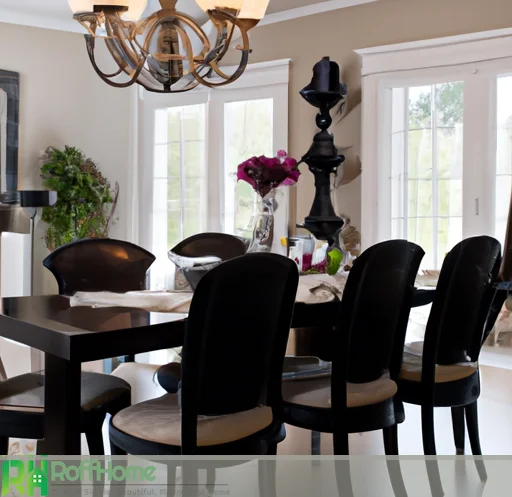
French Dining Room Etiquette: The Dos and Don’ts
French-dining room etiquette is an essential aspect of French culture, and understanding the dos and don’ts can make a big difference in how you are perceived as a guest or host. Here are some tips to keep in mind:
Dos:
- Wait for the host to begin eating before you start. It is considered impolite to start before the host does.
- Please keep your hands on the table and avoid resting your elbows. This is seen as a sign of disrespect.
- Use your utensils correctly. The fork is held in the left hand, and the knife in the right hand. The tines of the division should be facing down.
- Use bread to mop up sauce or gravy, but never use your fingers.
- Say “bon appétit” before beginning to eat.
- Use “s’il vous plaît” (please) and “merci” (thank you) when requesting or receiving items from the table.
- Wait for others to finish their course before moving on to the next one.
Don’ts:
- Wait to begin eating until everyone is seated and has been served.
- Wait to put your napkin on the table until the end of the meal. Instead, place it on your lap.
- Don’t talk with your mouth full or slurp your food. It is considered impolite and disrespectful.
- Don’t use your phone during the meal. It is essential to be present and engaged with your dining companions.
- Please don’t leave the table until everyone has finished their meal or until the host signals that the meal is over.
In conclusion, the French-dining room is an important cultural symbol of French cuisine, style, and tradition. From its evolution throughout History to modern twists on a traditional design, tips for decorating and setting the table, and etiquette guidelines, the French-dining room offers a unique and elegant dining experience.

 12.42 min
12.42 min  0 Comments
0 Comments 